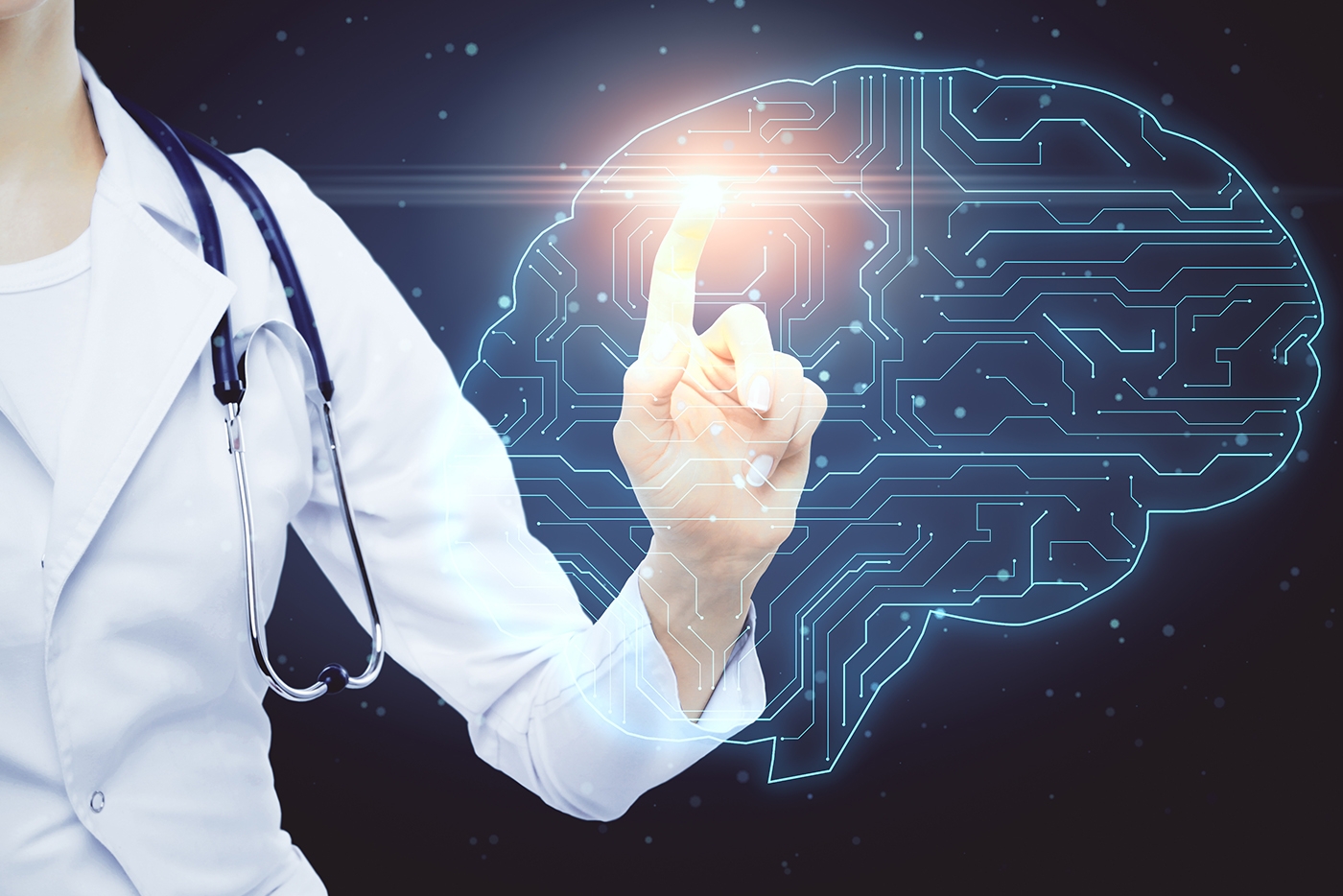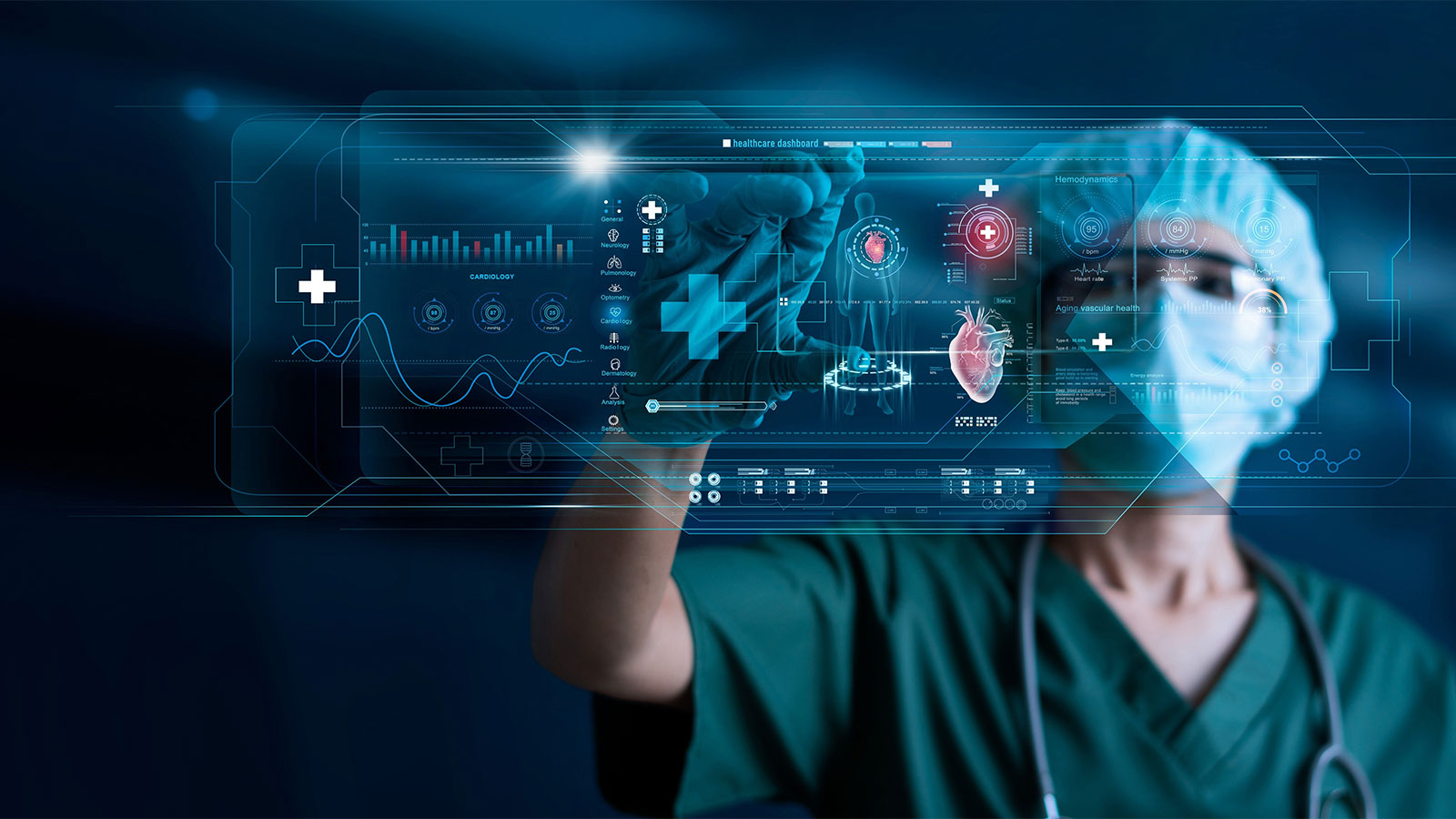Imagine a world where healthcare is not just reactive but proactive. Where diseases can be detected before symptoms even appear, and patients receive tailored treatments based on their individual needs. This isn’t the realm of science fiction; it’s happening now thanks to artificial intelligence (AI).
As technology rapidly evolves, AI is revolutionizing the way we approach diagnostics in healthcare. From analyzing medical images with uncanny accuracy to predicting patient outcomes through data analysis, AI stands at the forefront of transforming how clinicians diagnose and treat illnesses. The impact is profound, touching lives and reshaping entire systems.
In this blog post, we’ll dive into the incredible role that AI plays in healthcare diagnostics, explore its rise within the industry, discuss its advantages and challenges, share real-world examples of successful implementation, and envision its future possibilities for patients everywhere. Join us as we uncover how this cutting-edge technology is redefining health care as we know it.
What is AI and its role in healthcare?

Artificial Intelligence, or AI, refers to the simulation of human intelligence processes by machines. These systems can learn, reason, and adapt based on data inputs. In healthcare, AI is making waves with its ability to analyze vast amounts of information quickly.
AI assists medical professionals in diagnosing conditions more accurately and efficiently. Machine learning algorithms sift through patient records and medical literature to identify patterns that may elude even the most experienced clinicians.
Moreover, AI-driven tools can interpret diagnostic images like X-rays and MRIs with remarkable precision. By reducing manual interpretation errors, these technologies enhance overall patient care.
The integration of AI into healthcare workflows helps streamline operations as well. Routine tasks become automated, allowing healthcare providers to focus more on patient interaction rather than administrative duties. This shift not only improves efficiency but also enhances the quality of care delivered to patients across various settings.
The Rise of AI in Diagnostics

The landscape of healthcare diagnostics is undergoing a significant shift, driven by advancements in artificial intelligence. As technology evolves, AI tools are becoming more sophisticated and reliable.
Healthcare providers now leverage machine learning algorithms to analyze vast amounts of data quickly. This enables quicker diagnoses that were once time-consuming or prone to human error. The integration of AI into diagnostic processes enhances precision, allowing for earlier detection of diseases.
Moreover, the rise of telemedicine has amplified the demand for efficient diagnostic tools. Patients can receive evaluations remotely, making access to care easier than ever before. AI systems assist doctors by providing second opinions based on comprehensive datasets.
As these technologies continue to emerge, they promise not just efficiency but also personalized treatment plans tailored specifically for individual patients’ needs.
Advantages of using AI for Healthcare Diagnostics

AI brings a new level of efficiency to healthcare diagnostics. With advanced algorithms, it can analyze vast amounts of data quickly and accurately. This speed enables doctors to make timely decisions about patient care.
Another significant advantage lies in accuracy. Machine learning models can identify patterns and anomalies that may be missed by the human eye. This capability reduces the chances of misdiagnosis and enhances treatment effectiveness.
Cost-effectiveness is also noteworthy. By automating routine tasks, AI allows healthcare professionals to focus on more complex cases, optimizing resource allocation within medical facilities.
Moreover, AI systems continuously learn from new data. They adapt over time, improving their diagnostic capabilities and ensuring they stay current with medical advancements. This ongoing evolution fosters better health outcomes for patients everywhere.
Examples of Successful Implementation
AI is making waves in various healthcare settings, showcasing its potential through successful implementations. One notable example is IBM Watson’s use of AI to assist oncologists. By analyzing vast amounts of medical literature and patient data, it provides tailored treatment recommendations that enhance decision-making.
Another exciting case involves Google’s DeepMind technology applied in ophthalmology. This AI system effectively detects diabetic retinopathy by analyzing retinal scans with remarkable accuracy. Early detection leads to timely intervention, ultimately saving patients’ vision.
In radiology, Aidoc has developed an AI solution that streamlines the identification of critical findings on CT scans. Radiologists benefit from quicker diagnoses and can prioritize urgent cases more efficiently.
These examples illustrate how innovative technologies are reshaping diagnostics across different specialties within healthcare, paving the way for improved outcomes and transforming patient care experiences significantly.
Challenges and Concerns
The integration of AI into healthcare diagnostics brings significant challenges and concerns that cannot be overlooked. One major issue is the potential for algorithmic bias. If training data is not diverse, it may lead to disparities in diagnosis across different demographics.
Another concern revolves around patient privacy. With AI systems processing vast amounts of sensitive health information, safeguarding this data becomes paramount. Breaches could have devastating consequences for patients.
Furthermore, there’s an ongoing debate about transparency in AI decision-making. Clinicians need to understand how these algorithms arrive at their conclusions to trust and effectively use them alongside traditional methods.
The pace of technological advancement can outstrip regulatory measures. Ensuring that AI tools meet safety standards while being innovative remains a challenging balancing act for policymakers and healthcare providers alike.
Future Possibilities and Impact on Patients
The future of AI in healthcare diagnostics is filled with exciting possibilities. Imagine a world where early detection of diseases becomes routine, significantly improving patient outcomes. With advanced algorithms, AI can analyze vast amounts of data quickly and accurately.
Personalized medicine is also on the horizon. AI could tailor treatment plans to individual genetic profiles or lifestyle factors, leading to more effective care. This means fewer side effects and better overall health management for patients.
Moreover, remote monitoring technologies harnessing AI will empower patients to manage their health from home. Wearable devices could alert caregivers and doctors about critical changes in real-time.
As these innovations roll out, patient engagement may increase as well. Individuals might take a more active role in their healthcare journey through accessible information and tools powered by artificial intelligence. The integration of AI is set to redefine how we approach diagnostics and enhance the overall patient experience drastically.
Conclusion
The healthcare landscape is undeniably evolving. AI’s presence in diagnostics is not just a trend; it’s a transformative force that promises to enhance patient care and outcomes. By harnessing vast amounts of data, AI systems can identify patterns and anomalies far more efficiently than traditional methods.
As we look ahead, the potential for further innovations seems boundless. Enhanced algorithms will likely drive even greater accuracy, making early detection of diseases possible in ways we’ve yet to fully realize. The integration of AI into daily practice may soon become standard rather than exceptional.
Despite existing challenges such as ethical concerns and data privacy issues, the overall trajectory remains positive. Stakeholders across the healthcare spectrum are increasingly recognizing AI’s utility in improving diagnostic processes.
This transformation isn’t merely about technology; it’s about creating a healthier future for all patients. As advancements continue at an unprecedented pace, it’s clear that AI will play a crucial role in shaping how we approach health and wellness moving forward.










